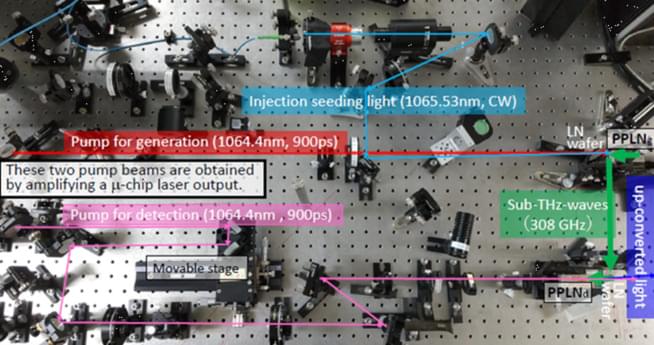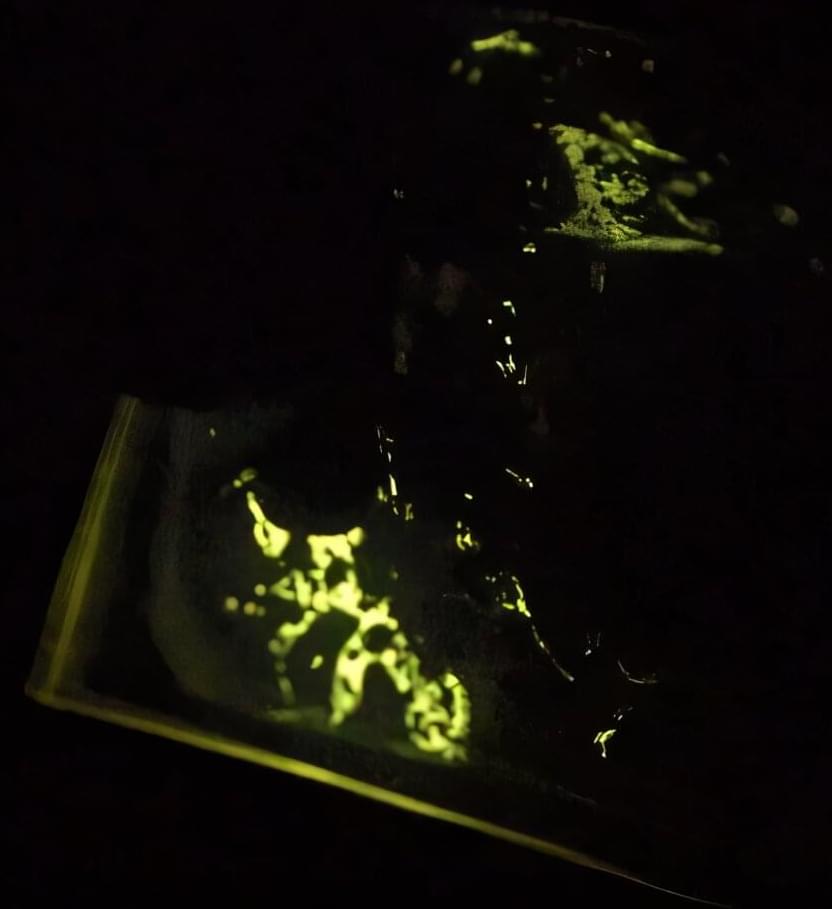Kaspersky reveals Chrome zero-day CVE-2025–2783 exploited to deploy Memento Labs’ LeetAgent spyware.



The Qilin ransomware operation was spotted executing Linux encryptors in Windows using Windows Subsystem for Linux (WSL) to evade detection by traditional security tools.
The ransomware first launched as “Agenda” in August 2022, rebranding to Qilin by September and continuing to operate under that name to this day.
Qilin has become one of the most active ransomware operations, with new research from Trend Micro and Cisco Talos stating that the cybercrime gang has attacked more than 700 victims across 62 countries this year.

Google was once again forced to announce that it had not suffered a data breach after numerous news outlets published sensational stories about a fake breach that purportedly exposed 183 million accounts.
This claim began over the weekend and into today, with news stories claiming that millions of Gmail accounts were breached, with some outlets saying it affected the full 183 million accounts.
However, as the company explained in a series of posts on Monday, Gmail did not suffer a breach, and the compromised accounts were actually from a compilation of credentials stolen by information-stealing malware and other attacks over the years.




A new report suggests Sam Altman is building a brain interface using sound waves, potentially rivaling Elon Musk’s Neuralink.


In the 17th century, Francis Bacon described a simple experiment—scraping and fracturing hard sugar in the dark to see sparks of light. This phenomenon is called mechanoluminescence (ML) or triboluminescence (TL), the process of materials emitting light under mechanical stimulation, like grinding or crushing. Usually, ML properties of luminescent compounds are observed in rigid crystalline systems, which limits their real-world applications.
Now, researchers at the Okinawa Institute of Science and Technology (OIST) have found a way to generate ML in non-crystalline materials, bringing a new wave of potential applications in engineering, industrial safety and beyond.
“Mechanical stimulation of crystals causes fractures. As the crystals are damaged and break down in size, they also start to lose their ML properties, which vastly restricts their application. In crystals, ML is highly dependent on structure and packing, adding complex design requirements. That’s why we were interested in amorphous ML materials with longer-lasting luminescence,” explains Professor Julia Khusnutdinova, head of the Coordination Chemistry and Catalysis Unit at OIST.